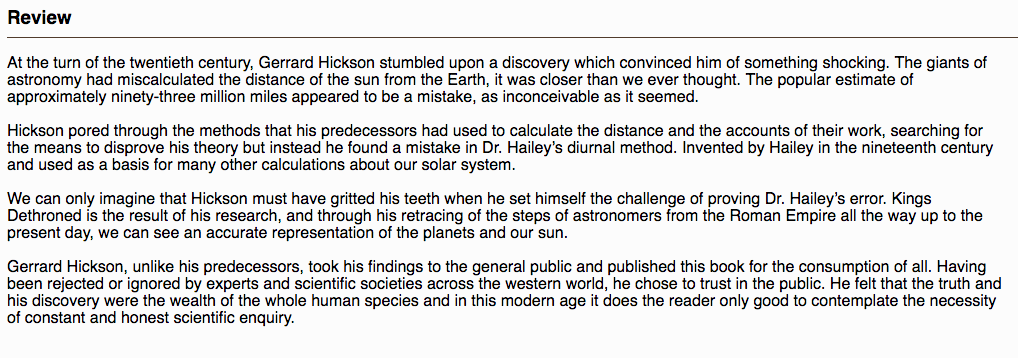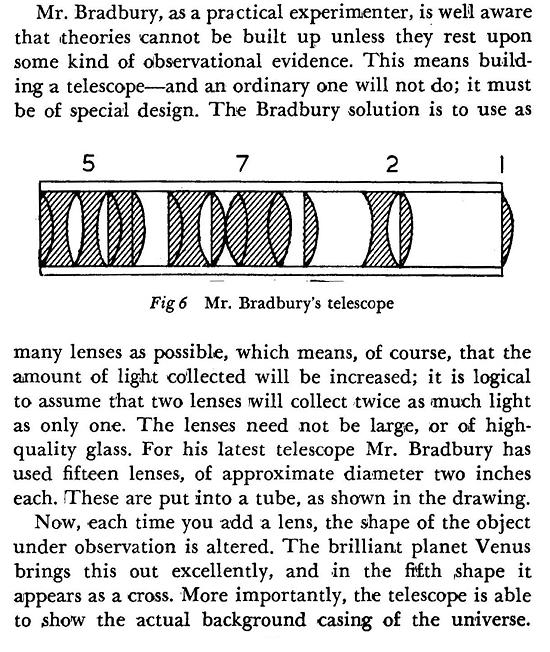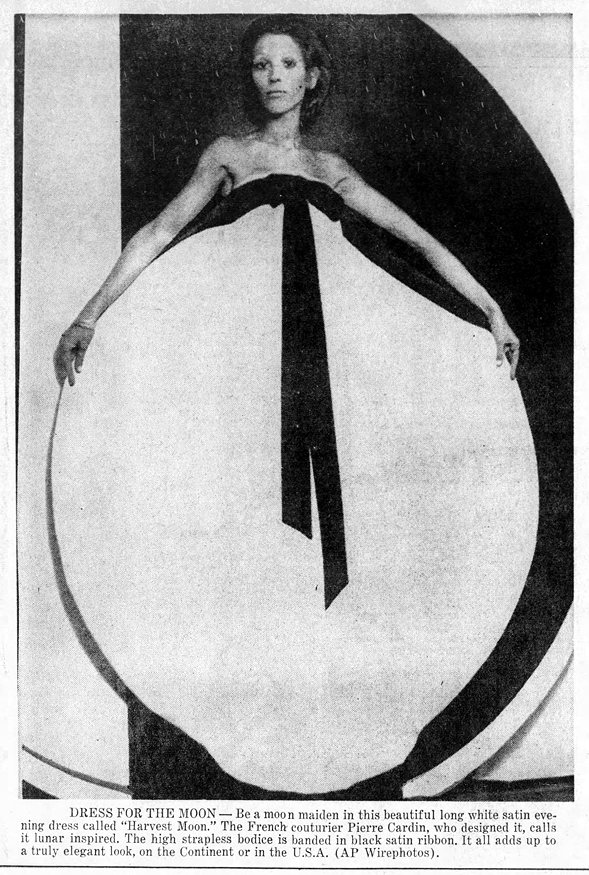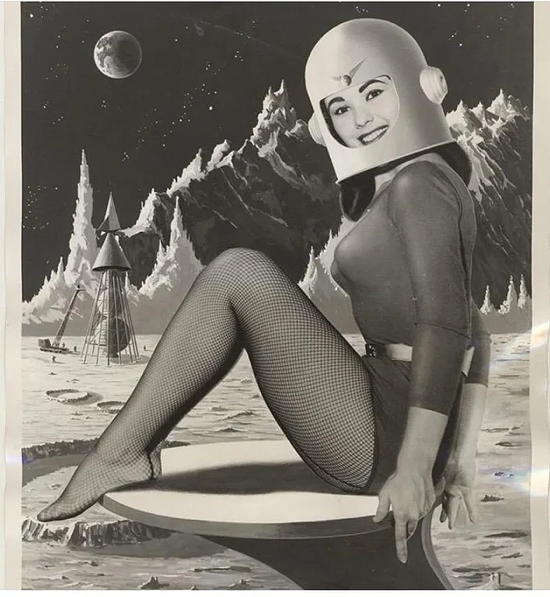Spaceflight, Astronautics, and Astronomy
Moving the Solar System
In the late 1960s, Caltech astronomer Fritz Zwicky proposed a novel method of space travel. Instead of using spaceships to go to neighboring stars, he imagined moving the entire solar system.His idea was that if we could make one side of the sun release more energy than the other, then we could direct the course of its motion. We could steer it towards whatever destination we wanted, with the Earth in tow. He calculated that we could reach Alpha Centauri in 2500 years.
Details can be found in his 1969 book Discovery, Invention, Research Through the Morphological Approach:
For the purpose of traveling to the nearest stars, Alpha Centauri for instance, at a distance of four light years, rockets do not suffice. A very much more exciting possibility offers itself, however: We remain on the Earth and travel with it as the space vehicle, either alone or with the whole solar system towards our goal. During this journey we may enjoy and use the light from the Sun as always, or if we wish to leave it behind, we can keep warm and provide all of the necessary small and large-scale illumination through the proper use of nuclear fusion energy. Traveling at a speed of 500 km/sec through space, relative to the surrounding stars, we might reach the neighborhood of Alpha Centauri in about 2,500 years.
All of this will become possible once we have mastered nuclear fusion ignition of common materials on the Earth and on the Sun. Physicists in many countries have been attempting during the past fifteen years to induce nuclear fusion reactions in extremely concentrated and high-energy ionic plasmas, without making any use of the release of nuclear fission energy from uranium as it is being used in H-bombs.
Even if these efforts should be successful they would not provide us with any readily usable means for the acceleration of the Sun or of the Earth to velocities of the order of 500 km/sec. I have therefore suggested another approach striving to produce small solid particles with velocities of up to 1,000 km/sec. It is not possible here to go into any details of how this is going to be done. I emphasize only that no fundamental difficulties stand in the way. Particles impacting on dense matter with velocities of the order of 1,000 km/sec will generate the desired temperatures of hundreds of millions of degrees, at which all light elements will be ignited to nuclear fusion reactions.
Launching ultrafast particles against the Sun, local regions on it could be ignited to nuclear fusion. As a consequence of the tremendous release of energy by such reactions, matter would be ejected with velocities of the order of 50,000 km/sec, while the resulting forces of reaction would propel the Sun in the opposite direction. If such processes were applied for a long time, the Sun could eventually be accelerated to the desired velocity with a sacrifice of only a small per cent of its total mass.
Since the planets are held in rein by the Sun's gravitational field, they and the Earth would be carried along on the distant journey. In principle the process and propulsion described could be applied to the Earth alone, which then would detach itself from the solar system and start out on its solitary voyage to the nearest stars.
One of the few analyses of Zwicky's idea that I could find online is at dynamical-systems.org. The author, Oliver Knill, quickly concludes that the idea is completely nuts:
But even if Zwicky's idea could be made to work, what would happen once our solar system reached the vicinity of Alpha Centauri? How close could our sun approach Alpha Centauri before the two systems became gravitationally bound to each other? What kind of chaos would that wreak on the planets and asteroids within our solar system?
Posted By: Alex - Tue Aug 30, 2022 -
Comments (3)
Category: Spaceflight, Astronautics, and Astronomy
Astrochickens
Theoretical physicist Freeman Dyson envisioned our Solar System being explored by "Astrochickens." As described in his 1992 book From Eros to Gaia:Here is a rough sketch of one possible shape that the 2018 spacecraft might take. I call this model the Astrochicken because it is about as big as a chicken and about as smart. It is a product of genetic engineering. It does not look like a chicken. It looks more like a butterfly. It has wide and thin solar sails instead of wings, and a high-resolution spectroscopic imaging system instead of eyes. With its solar sails it flies around the inner solar system as far as the main belt of asteroids. At any one time there will be hundreds of such birds flying, programmed to make specialized observations of Earth, Moon, Sun, planets, and asteroids as well as of the heavens beyond. Other cousins of the Astrochicken will have legs for landing and hopping around on asteroids, or solar-powered ion-jet engines for exploring the outer solar system as far as Pluto.
Wikipedia notes: "As a noted author of essays on the possibilities of science in the future, Dyson's theories, such as the Dyson sphere and the Dyson tree, have become popular in the scientific and science fiction communities. The more whimsically named 'Astrochicken' has not achieved this same level of fame."
Posted By: Alex - Sat Aug 27, 2022 -
Comments (1)
Category: Spaceflight, Astronautics, and Astronomy, Yesterday’s Tomorrows
Kings Dethroned
Did you know our Sun was only 13,000 miles distant?Read it here.


Posted By: Paul - Thu Aug 25, 2022 -
Comments (1)
Category: Eccentrics, Spaceflight, Astronautics, and Astronomy, Books
Post Count Off Cereal
Posted By: Paul - Sun Aug 14, 2022 -
Comments (1)
Category: Spaceflight, Astronautics, and Astronomy, Premiums, Come-ons, Giveaways, Lossleaders and Freebies, Cereal, 1960s
Can you speak Venusian?
In his 1972 documentary, Can You Speak Venusian?, the British astronomer Patrick Moore examined the astronomical theories of various "independent thinkers" — otherwise known as kooks. It's probably now the only footage of most of these odd folks, talking about their odd ideas. Moore released an accompanying book of the same name.My favorite of his independent thinkers is John Bradbury and his 15-lens telescope, viewable at around the 15:30 mark. His basic idea was that if two lenses are good, then fifteen must be even better. Bradbury claimed his telescope was so powerful that it could show "the actual background casing of the universe."

source: Can you speak Venusian?
Posted By: Alex - Sat Aug 13, 2022 -
Comments (3)
Category: Science, Spaceflight, Astronautics, and Astronomy, 1970s
Black Hole Symphony
Black Hole Symphony, which was penned by composer David Ibbett and is due to be performed by an orchestra at the Museum of Science in Boston, Massachusetts, blends real science into the creative mix.
The work cleverly translates cutting-edge research on black holes into an electro-symphonic score with five movements and includes visuals based on images taken by scientific instruments, including the Event Horizon Telescope, a large array made from a global network of radio telescopes, which took the first image of a black hole.
Not to be confused with "Black Hole Sun."
Posted By: Paul - Thu Jul 21, 2022 -
Comments (0)
Category: Music, Science, Spaceflight, Astronautics, and Astronomy, Cacophony, Dissonance, White Noise and Other Sonic Assaults
Captain Santa Claus and His Reindeer Space Patrol
Never heard this one till yesterday.The singer's Wikipedia page.
Posted By: Paul - Fri Dec 17, 2021 -
Comments (2)
Category: Animals, Fads, Spaceflight, Astronautics, and Astronomy, Television, 1950s, Christmas
Pierre Cardin’s Moon Dress
Pierre Cardin unveiled this dress in August 1969, immediately following the first moon landing.It doesn't seem like it would have been possible to sit down while wearing it.

Central New Jersey Home News - Aug 31, 1969
Posted By: Alex - Sun Sep 12, 2021 -
Comments (4)
Category: Fashion, Spaceflight, Astronautics, and Astronomy, 1960s
Martian Hop
The Wikipedia page.
Posted By: Paul - Sun Apr 25, 2021 -
Comments (2)
Category: Aliens, Fads, Music, Spaceflight, Astronautics, and Astronomy, Science Fiction, 1960s, Cacophony, Dissonance, White Noise and Other Sonic Assaults
Miss Space
April 1959: Suzanne Adams was awarded the title of 'Miss Space' at the World Congress of Flight in Las Vegas, Nevada.
source: reddit

source: facebook

Fort Worth Star-Telegram - Apr 12, 1959

Posted By: Alex - Sat Mar 27, 2021 -
Comments (0)
Category: Awards, Prizes, Competitions and Contests, Spaceflight, Astronautics, and Astronomy, 1950s

| Who We Are |
|---|
| Alex Boese Alex is the creator and curator of the Museum of Hoaxes. He's also the author of various weird, non-fiction, science-themed books such as Elephants on Acid and Psychedelic Apes. Paul Di Filippo Paul has been paid to put weird ideas into fictional form for over thirty years, in his career as a noted science fiction writer. He has recently begun blogging on many curious topics with three fellow writers at The Inferior 4+1. Contact Us |




